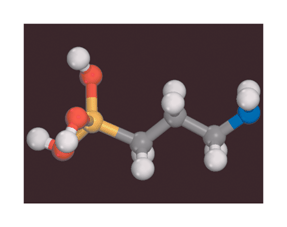The initial stages of aminosilanol polymerisation
Abstract
For polysiloxanes to be used as a protective coating it is important that proton transfer, a trigger to polymerisation, is a facile process. Here we investigate the initial stages of polycondensation and compare different silanol tail groups and the effect of solvent (isopropanol). In the case of (3-aminopropyl)trihydroxysilane we see the potential for self catalysis as the tail group is a proton acceptor, while thiolpropyltrihydroxysilane and isopropanol do not promote proton transfer.


 Please wait while we load your content...
Please wait while we load your content...